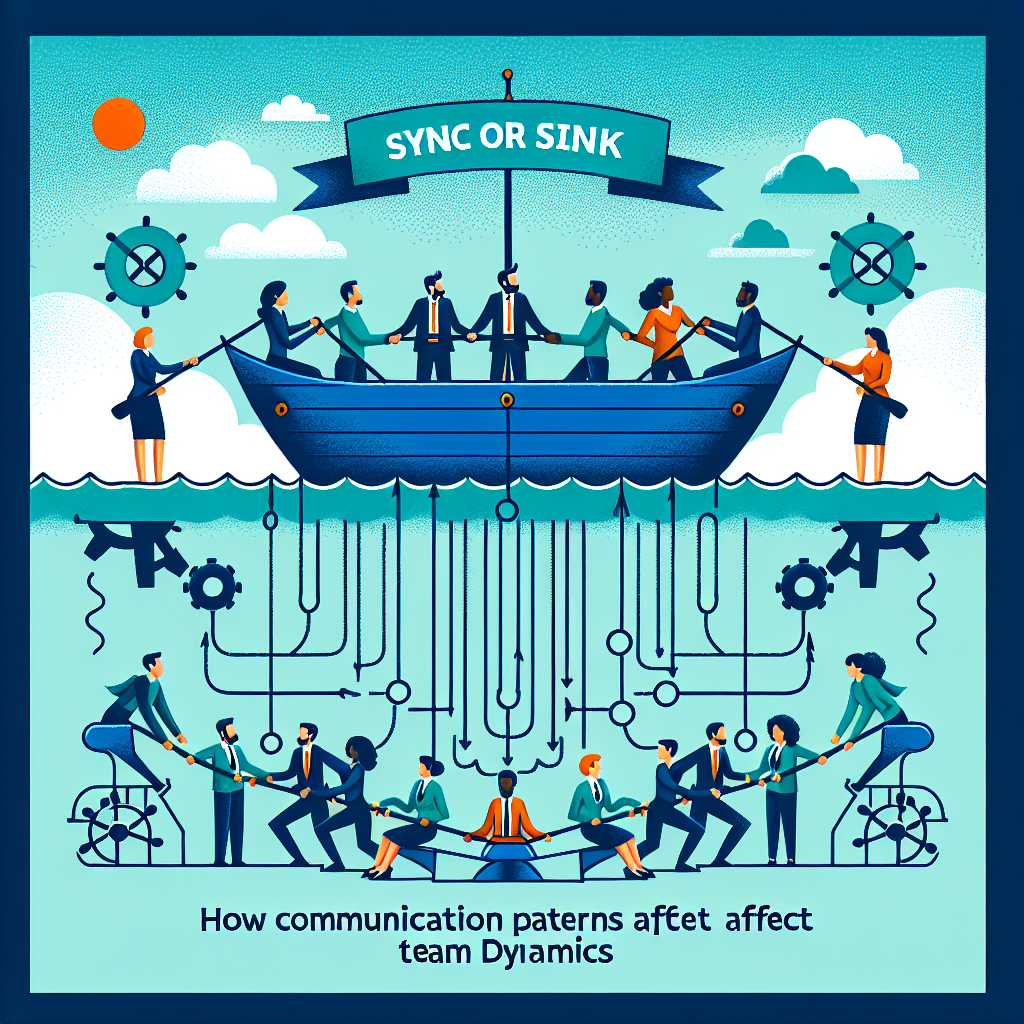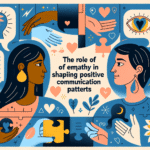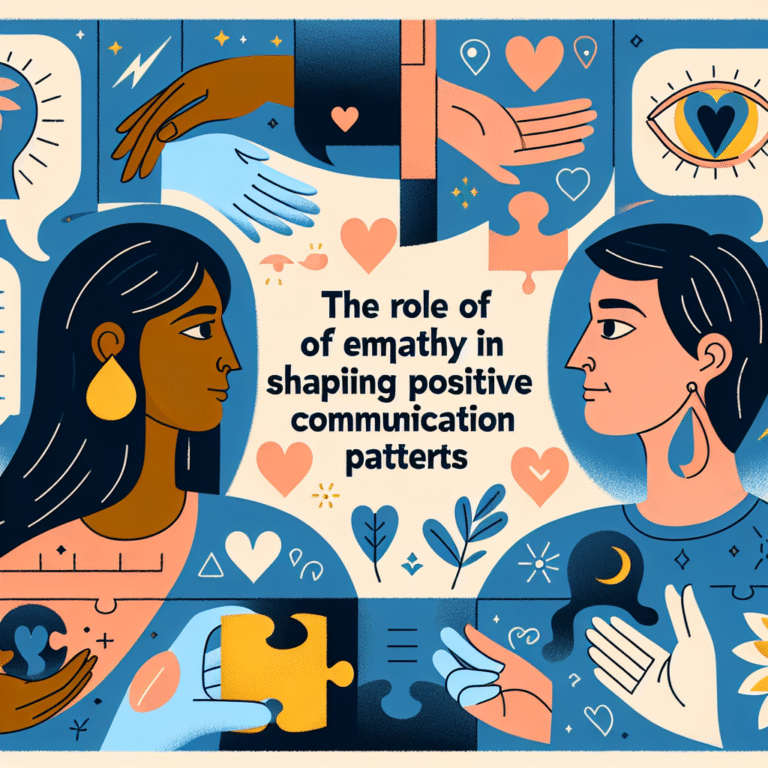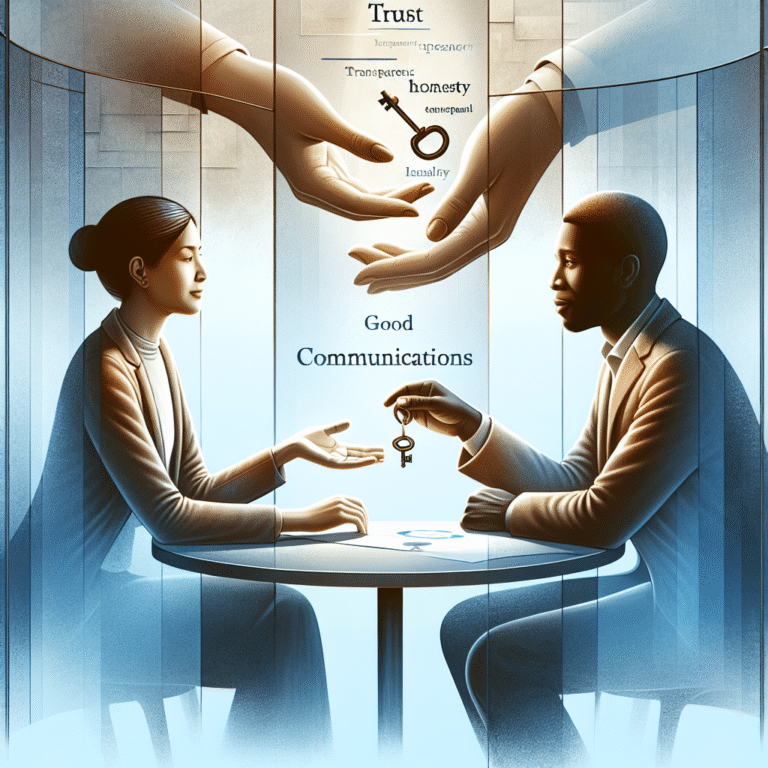
In the fast-paced world of business, the fundamental backbone of any successful team lies in effective communication. The phrase "Sync or Sink" perfectly encapsulates the crucial nature of team dynamics shaped by communication patterns. In this article, we’ll explore how communication can either propel a team to new heights or drown it in disarray. Strap in, because we’re about to venture into the essential realm of team communication and its staggering impact on performance.
The Importance of Communication in Teams
Communication is more than just the exchange of information. It’s about understanding, engagement, and collaboration. Poor communication can lead to misunderstandings, decreased morale, and ultimately, a failure to achieve goals. In contrast, effective communication fosters an environment where ideas are shared freely, conflicts are resolved amicably, and team members feel valued.
Statistics Spotlight: According to a study by the Project Management Institute, poor communication is responsible for 56% of project failures. This staggering number underscores the need for a focus on "Sync or Sink: How Communication Patterns Affect Team Dynamics."
Understanding Communication Patterns
1. Verbal Communication: Speak to Connect
Verbal communication can take many forms—face-to-face discussions, phone calls, or video meetings. The choice of medium affects how messages are perceived.
- Case Study: Google’s Project Aristotle
Google’s extensive research on their most successful teams unveiled that psychological safety was crucial. Teams that felt safe provided candid feedback, fostering an environment of trust and openness. This transparency in verbal communication significantly improved team dynamics and productivity.
2. Non-Verbal Communication: Beyond Words
Non-verbal cues account for a substantial portion of our communication. Body language, facial expressions, and tone can all alter the meaning of spoken words.
- Table: Types of Non-Verbal Communication
| Type | Description | Impact on Team Dynamics |
|---|---|---|
| Body Language | Posture, gestures | Conveys confidence or anxiety |
| Eye Contact | Amount and quality of eye contact | Indicates engagement and honesty |
| Facial Expressions | Smiles, frowns, etc. | Reflects emotions and attitudes |
3. Written Communication: The Power of Words
Emails, reports, and instant messages make up a significant part of written communication in teams. Clear, concise writing is essential to avoid confusion.
- Case Study: Slack’s Transformation
The launch of Slack transformed how teams communicate in writing. Its real-time messaging capabilities have helped teams to sync more effectively, reducing email overload and improving project tracking. Here, the success heavily depended on changing communication patterns for better team dynamics.
The Cycle of Communication and Team Dynamics
4. The Feedback Loop: A Kaizen Approach
Feedback is vital for continuous improvement. Without it, teams can easily fall into the "sink" category. Implementing regular feedback loops can significantly enhance communication patterns.
- Tip: Schedule bi-weekly feedback sessions, allowing team members to express their thoughts on processes and each other’s performances.
5. Conflict Resolution: Transforming Discord into Harmony
Conflict is inevitable in any team setting. However, how conflicts are handled will determine whether the team syncs or sinks.
- Case Study: Airbnb’s Approach
The leadership at Airbnb promotes an open-door policy for addressing conflicts. This practice encourages team members to address issues directly, leading to quicker resolutions and stronger relationships.
The Role of Technology in Shaping Communication Patterns
6. Tools that Enhance Team Dynamics
The integration of technology can streamline communication, making it more effective. Tools like Asana, Trello, and Zoom enable real-time collaboration and foster team engagement.
- Chart: Popular Communication Tools and Their Benefits
| Tool | Purpose | Benefit |
|---|---|---|
| Zoom | Video Conferencing | Facilitates face-to-face interactions |
| Slack | Instant Messaging | Reduces email clutter and response time |
| Asana | Project Management | Improves task ownership and clarity |
What Happens When Teams Sink?
7. The Consequences of Poor Communication
When effective communication is absent, teams can experience a plethora of challenges, including decreased morale, confusion, and productivity losses.
- Statistics Insight: A report from McKinsey noted that effective communication can improve team collaboration by up to 30%.
Building a Culture of Communication
8. Strategies for Improvement
To ensure that teams sync rather than sink, organizations must build a culture that promotes open communication. Here are actionable steps to implement:
- Encourage Vulnerability: Create a safe space for team members to express their thoughts.
- Lead by Example: Leaders should model effective communication behaviors.
- Train for Success: Provide communication skills training to improve overall team dynamics.
Conclusion: The Path to Syncing Teams
As we’ve explored in-depth throughout this article, effective communication patterns are the lifeblood of successful teams. By focusing on strategies that promote clarity, openness, and regular feedback, organizations can create a culture that nurtures growth and collaboration. Remember: Sync or Sink—how you choose to communicate will determine the trajectory of your team’s success.
FAQs
1. What is the difference between verbal and non-verbal communication?
Verbal communication uses spoken or written words, while non-verbal communication includes body language, facial expressions, and tone, all of which can significantly impact the effectiveness of the message conveyed.
2. How can technology improve team communication?
Technology offers platforms for instant messaging, video conferencing, and project management, facilitating quick exchanges of information and helping teams stay organized and connected.
3. What are some signs of poor team communication?
Common signs include misunderstandings, missed deadlines, low morale, and increased conflicts among team members.
4. How can I effectively handle conflicts within my team?
Encourage direct conversations, listen actively, and seek common ground to address conflicts constructively. Creating a culture that welcomes feedback is essential.
5. What role does leadership play in team communication?
Leaders set the tone for communication within the team. By modeling transparent, respectful, and open interactions, leaders can foster an environment conducive to effective communication.
By focusing on the principle of Sync or Sink: How Communication Patterns Affect Team Dynamics, today’s organizations have the unique opportunity to revolutionize the way they operate. Let’s not merely communicate—let’s connect, collaborate, and thrive!

















